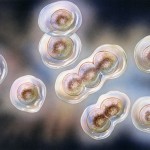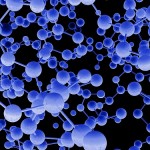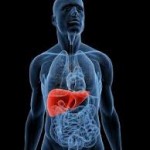Abstract
Plastochromanol-8 (PC-8) is an antioxidant that, together with tocopherols and tocotrienols, belongs to the group of tocochromanols. Plastochromanol-8 has been found to occur in several plant species, including mosses, and lichens. PC-8 is found in seeds, leaves and other organs of higher plants. In leaves, PC-8 is restricted to chloroplasts. The identification of tocopherol cyclase (VTE1) as the key enzyme in the biosynthesis of PC-8 suggests that plastoglobules are the primary site of its biosynthesis. Other enzymes related with PC-8 biosynthesis in plastoglobules include: NDC1 and the ABC1-like kinase ABC1K3. The antioxidant properties of PC-8 are similar to those of other chloroplastic antioxidants in polar solvents but considerably they are enhanced in hydrophobic environments, suggesting that the unsaturated side chain performs some quenching activity. As a result of a non-enzymatic reaction, singlet oxygen can oxidize any of the 8 double bonds in the side chain of PC-8, giving at least eight hydroxy-PC-8 isomers. This review summarizes current evidence of a widespread distribution of PC-8 in photosynthetic organisms, as well as the contribution of PC-8 to the pool of lipid-soluble antioxidants in both leaves and seeds.






